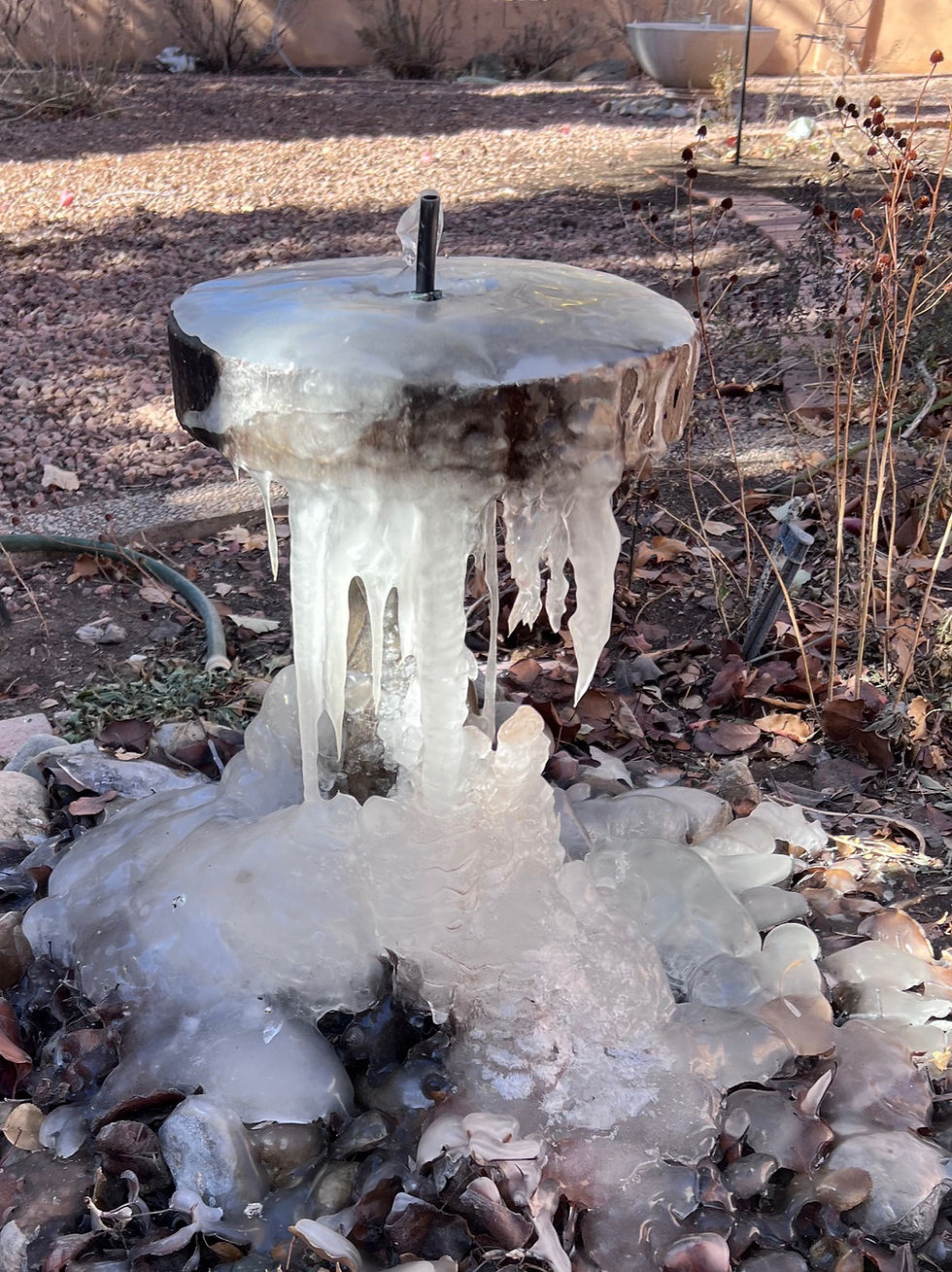Spring Bird Migration
- Roberta Winchester
- 3 days ago
- 1 min read
Spring bird migration is one of nature's most fascinating events, where millions of birds travel from their wintering grounds in the south to their breeding grounds in the north. Here's a quick overview of what happens:
🌍 Why Spring Bird Migration Happens:
Birds migrate in spring mainly for breeding. Warmer northern regions offer:
Longer daylight hours for feeding
Fewer predators
Abundant insects and food
Less competition for nesting sites

🕰️ When It Happens:
February–April in the Southern U.S. and coastal areas
April–June in the Northern U.S., Canada, and across Europe and Asia
Here is a link to a fascinating Spring Bird Migration Data Visualization map brought to us by the Cornell Lab of Ornithology
🐦 Common Spring Migrants:
Songbirds: Warblers, thrushes, flycatchers
Waterfowl: Ducks, geese, swans
Shorebirds: Sandpipers, plovers
Raptors: Hawks, ospreys
Hummingbirds

🧭 How Birds Navigate:
Birds use:
Sun and stars
Earth’s magnetic field
Landmarks like rivers and mountains
Smell and infrasound (in some species)
🌿 Where to See It:
Flyways: Birds follow major migration corridors like the Mississippi, Atlantic, Central, and Pacific Flyways (U.S.)
Stopover Sites: Coastal areas, wetlands, and forests are great for spotting migrating flocks.

🛠️ How You Can Help:
Keep cats indoors during migration
Plant native trees and flowers
Provide clean water sources
Turn off outdoor lights at night to prevent disorientation
Add bird feeders to your yard to provide food pit stops for the birds






Comentarios